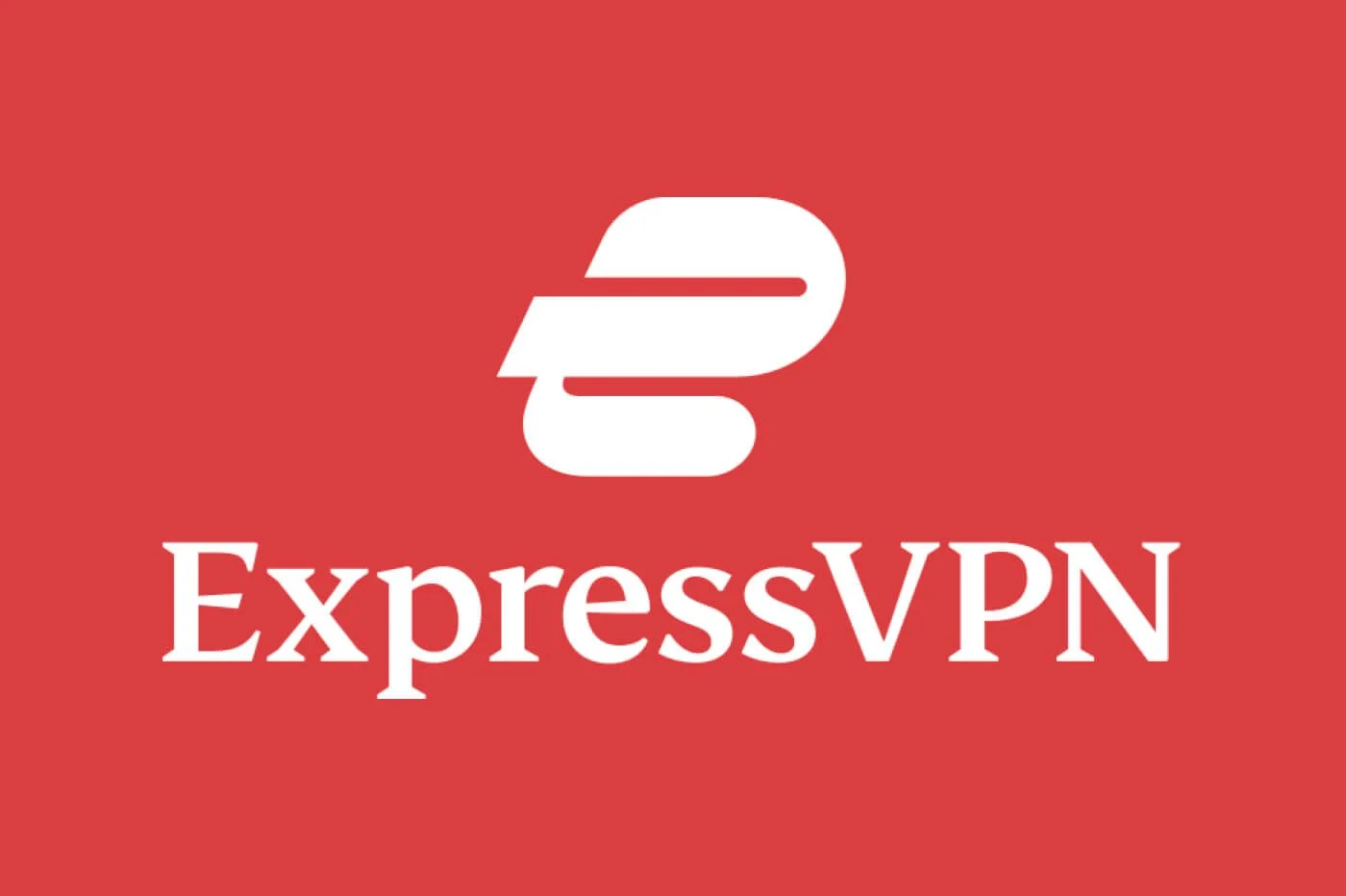Essential Features and Benefits of Maternity Insurance for High-Risk Pregnancies
Discover the essential features and benefits of maternity insurance designed for high-risk pregnancies. Learn how specialized coverage can provide crucial support and peace of mind during this critical time.
Navigating a high-risk pregnancy can be challenging and emotionally taxing. For many expecting mothers, securing the right maternity insurance coverage is crucial to managing both the financial and emotional aspects of their journey. This blog post explores the essential features and benefits of maternity insurance for high-risk pregnancies, including coverage options, common conditions, and how this insurance can offer peace of mind during such a demanding time.
What is Maternity Insurance?
Maternity insurance, also known as pregnancy insurance, is designed to cover expenses related to pregnancy, childbirth, and postpartum care. For those with high-risk pregnancies, choosing the right plan becomes even more critical to ensure comprehensive support and coverage.
Essential Features of Maternity Insurance for High-Risk Pregnancies
1. Coverage Options
High-risk pregnancies often require more frequent medical visits and specialized care. Comprehensive maternity health insurance plans should cover
- Prenatal care Routine and specialized check-ups, including additional screenings.
- Hospitalization Costs associated with delivery, whether through vaginal birth or cesarean section.
- Postpartum care Care for the mother and newborn immediately after birth.
- Specialist consultations Visits to specialists if required due to complications.
2. Common Conditions Covered
High-risk pregnancies may involve conditions that require extra attention, such as
- Gestational diabetes
- Pre-eclampsia
- Multiple gestations (twins or more)
- Placental abnormalities
- Preterm labor
A good maternity insurance plan should cover treatments and interventions for these conditions, ensuring that you receive the necessary care without incurring significant out-of-pocket costs.
3. Benefits of Maternity Insurance
Having the right maternity insurance for high-risk pregnancies offers numerous benefits
- Financial Protection High-risk pregnancies often lead to higher medical bills. Comprehensive coverage helps alleviate the financial burden.
- Peace of Mind Knowing that your insurance covers various scenarios can reduce stress and help you focus on your health and the baby's.
- Access to Specialists Coverage for specialist consultations and treatments ensures you receive the best care possible.
Types of Maternity Insurance Plans
1. Private Maternity Insurance
Private maternity insurance plans are often tailored to individual needs and may offer more flexible coverage options. These plans can be ideal for those seeking maternity insurance without waiting periods or specific needs related to high-risk pregnancies.
2. Employer-Sponsored Maternity Insurance
Many employers offer employer-sponsored maternity insurance, which can be a cost-effective option. However, coverage specifics can vary, so it's important to review your employer maternity insurance benefits thoroughly.
3. Group Maternity Insurance Plans
Group maternity insurance plans are often available through professional organizations or unions. These plans might offer more affordable premiums and comprehensive coverage, making them a viable option for many.
4. International Maternity Insurance
For those who travel or live abroad, international maternity insurance can provide coverage for pregnancy-related expenses in different countries, offering peace of mind wherever you are.
5. Short-Term Maternity Insurance
Short-term maternity insurance may be suitable for individuals who need temporary coverage or are waiting for other insurance options to start. However, it may not provide the extensive coverage needed for high-risk pregnancies.
Finding the Best Maternity Insurance Plans
When searching for the best maternity insurance plans, consider the following
- Coverage Details Ensure the plan covers all necessary aspects of your pregnancy, including any high-risk conditions.
- Premiums and Deductibles Look for plans with low premiums and reasonable deductibles to keep costs manageable.
- Waiting Periods Some plans may have waiting periods before coverage begins. Opt for plans with shorter or no waiting periods if possible.
- Tax Benefits Maternity insurance tax benefits can help offset some of the costs, so consider how the plan fits into your overall financial planning.
Maternity Insurance for Self-Employed and Freelancers
For self-employed individuals or freelancers, finding maternity insurance for freelancers or self-employed maternity insurance can be challenging. Look for plans that offer flexible enrollment options and comprehensive coverage to ensure you’re protected throughout your pregnancy.
Comparing Maternity Insurance Plans
When comparing plans, use online maternity insurance quotes to evaluate different options. Consider
- Coverage Limits Ensure the plan covers all necessary treatments and interventions.
- Provider Network Check if your preferred healthcare providers are covered.
- Additional Benefits Look for plans that offer extras like counseling or lactation support.
Securing the right maternity insurance for high-risk pregnancies is essential for managing the unique challenges associated with such conditions. By understanding the coverage options, benefits, and types of plans available, you can make an informed decision that provides both financial protection and peace of mind.
Top Insurance Providers for High-Risk Maternity Insurance A Comprehensive Review
Introduction
When expecting a baby, especially in high-risk situations, having the right maternity insurance coverage is crucial. High-risk pregnancies require specialized care, and selecting the right insurance plan can make a significant difference in managing medical costs and ensuring comprehensive care. This review explores top insurance providers offering maternity insurance tailored specifically for high-risk pregnancies, highlighting their coverage limits, customer service, and unique features that set them apart.
1. Blue Cross Blue Shield
Coverage Limits and Benefits
Blue Cross Blue Shield (BCBS) offers some of the best maternity insurance plans for high-risk pregnancies. Their policies typically cover extensive prenatal care, hospital stays, and delivery. For high-risk pregnancies, BCBS provides enhanced coverage, including specialized consultations and advanced screenings. Coverage for cesarean sections and twin pregnancies is also included, ensuring comprehensive care.
Customer Service
BCBS is known for its robust customer service. Their dedicated team provides support for navigating maternity health insurance options and answering questions about prenatal insurance policies. They also offer an easy-to-use online platform for managing claims and accessing information.
Unique Features
BCBS offers maternity insurance without waiting periods in some cases, which can be particularly beneficial for those who need immediate coverage. They also provide online maternity insurance quotes, allowing prospective policyholders to compare plans and choose the best fit for their needs.
2. UnitedHealthcare
Coverage Limits and Benefits
UnitedHealthcare provides comprehensive maternity insurance with extensive coverage for high-risk pregnancies. Their plans include coverage for prenatal visits, delivery, and postnatal care. They also offer high-deductible maternity insurance plans, which can be a cost-effective option for some families.
Customer Service
UnitedHealthcare stands out with its 24/7 customer support, including a dedicated maternity insurance comparison tool on their website. This feature allows users to compare different maternity insurance options and find plans that best meet their needs.
Unique Features
UnitedHealthcare's family maternity insurance plans often come with additional benefits, such as wellness programs and educational resources for expecting parents. Their maternity insurance for freelancers and self-employed individuals is also noteworthy, providing flexible options for non-traditional workers.
3. Aetna
Coverage Limits and Benefits
Aetna's maternity health insurance plans are known for their flexibility and extensive coverage options. They offer plans specifically designed for high-risk pregnancies, including coverage for specialized treatments and extended hospital stays. Aetna also provides affordable maternity insurance options without compromising on essential coverage.
Customer Service
Aetna provides strong customer service with dedicated support for maternity insurance benefits. Their customer service team is knowledgeable about maternity insurance for unmarried mothers and other unique situations, ensuring that all clients receive the support they need.
Unique Features
Aetna offers maternity insurance with low premiums, which can be particularly appealing for those looking to manage costs while still receiving comprehensive care. They also have an intuitive online platform for maternity insurance enrollment and claims management.
4. Cigna
Coverage Limits and Benefits
Cigna offers some of the most comprehensive maternity insurance coverage available. Their plans include extensive support for high-risk pregnancies, covering everything from prenatal visits to delivery and postnatal care. Cigna also provides specialized coverage for pregnancy insurance options that include international maternity insurance for those traveling abroad.
Customer Service
Cigna's customer service is well-regarded, with a focus on providing personalized support. They offer detailed guidance on maternity insurance renewal terms and short-term maternity insurance options for those who need temporary coverage.
Unique Features
Cigna’s maternity insurance for adoption and group maternity insurance plans are standout features. They also offer maternity insurance tax benefits, which can help reduce the financial impact of pregnancy-related expenses.
5. Humana
Coverage Limits and Benefits
Humana provides a range of maternity insurance plans that cater to high-risk pregnancies. Their coverage includes comprehensive support for prenatal and postnatal care, as well as specialized treatments and hospital stays. Humana’s plans are also adaptable for those needing private maternity insurance.
Customer Service
Humana is known for its responsive customer service and support for maternity insurance for self-employed individuals. They offer a user-friendly online portal for managing your policy and accessing resources.
Unique Features
Humana’s maternity insurance for twins and maternity insurance for cesarean sections are particularly notable. They also provide a variety of plan options to suit different budgets and needs, including maternity insurance with low premiums.
Choosing the right maternity insurance for high-risk pregnancies involves evaluating various factors, including coverage limits, customer service, and unique features. Providers like Blue Cross Blue Shield, UnitedHealthcare, Aetna, Cigna, and Humana each offer distinctive benefits tailored to high-risk pregnancies. Whether you're looking for affordable maternity insurance, comprehensive maternity insurance, or specialized coverage options, these providers offer a range of choices to ensure you receive the care and support needed during this crucial time.
When selecting a plan, consider your specific needs, including coverage for cesarean sections, twins, or high-deductible maternity insurance. Additionally, check for maternity insurance without waiting periods and online maternity insurance quotes to make an informed decision. Always review the maternity insurance benefits and enrollment periods to ensure you choose a plan that best fits your circumstances and financial situation.
Comprehensive Guide to Maternity Insurance for High-Risk Pregnancies Finding Cost-Effective Solutions
Pregnancy is a time of great anticipation and joy, but it can also bring significant financial concerns, especially for high-risk pregnancies. Maternity insurance for high-risk pregnancies offers a valuable solution to help manage these costs. In this guide, we'll explore how to choose the right policy, understand premiums, and maximize benefits to reduce out-of-pocket expenses effectively.
Understanding Maternity Insurance
Maternity insurance coverage is designed to support expectant mothers through the costs associated with pregnancy and childbirth. For high-risk pregnancies, where complications may arise, having the right maternity health insurance is crucial. This coverage helps mitigate financial burdens from prenatal care, labor, delivery, and postnatal care.
Tips for Choosing the Right Policy
-
Assess Your Needs and Risks
Before selecting a policy, it's essential to understand your specific needs. High-risk pregnancies may involve more frequent doctor visits, specialized tests, and potentially a cesarean section. Ensure the policy covers these aspects comprehensively.
-
Compare Maternity Insurance Options
Maternity insurance comparison helps in evaluating various plans to find the most suitable one. Look for policies that offer extensive coverage for high-risk pregnancies and compare their benefits, limitations, and costs.
-
Check for Comprehensive Coverage
Ensure the policy includes coverage for prenatal care, delivery, and postnatal care. Comprehensive maternity insurance should cover complications that might arise during pregnancy and childbirth.
-
Consider Affordable Maternity Insurance
Find a plan that balances cost and coverage. Affordable maternity insurance can provide adequate protection without straining your finances. Look for plans with low premiums and manageable deductibles.
-
Review Employer-Sponsored Maternity Insurance
If you are employed, check if your employer offers employer-sponsored maternity insurance. This option often comes with added benefits and may be more cost-effective.
-
Explore Private and Group Plans
Private maternity insurance offers personalized coverage, while group maternity insurance plans might provide lower premiums due to collective bargaining. Compare both to determine the best fit for your situation.
-
Look for Policies with No Waiting Period
Some policies have a waiting period before maternity benefits kick in. Maternity insurance without waiting period can provide quicker access to necessary care.
-
Investigate Maternity Insurance for Freelancers and Self-Employed Individuals
If you are self-employed or a freelancer, look for maternity insurance for freelancers or maternity insurance for self-employed individuals. These policies often cater to non-traditional employment situations.
-
Consider Short-Term and International Options
For temporary coverage or if traveling abroad, explore short-term maternity insurance and international maternity insurance options.
-
Understand Enrollment Periods and Renewal Terms
Be aware of the maternity insurance enrollment period and renewal terms to ensure continuous coverage. Missing enrollment windows can lead to gaps in coverage.
Understanding Premiums and Deductibles
Premiums are the regular payments made for your insurance policy, while deductibles are the amounts you pay out-of-pocket before the insurance coverage kicks in. For high-deductible maternity insurance, ensure you can comfortably manage these costs, or opt for plans with lower deductibles if possible.
High-deductible maternity insurance plans often come with lower monthly premiums but require you to pay more upfront for medical expenses. If you anticipate high medical costs, a policy with a higher premium but lower deductible might be more cost-effective in the long run.
Maximizing Benefits to Reduce Out-of-Pocket Expenses
-
Utilize Preventive Care Benefits
Many policies offer preventive care benefits that cover routine check-ups and screenings. Regular prenatal visits can help detect potential issues early, avoiding costly complications.
-
Take Advantage of Tax Benefits
Explore maternity insurance tax benefits that can help reduce your overall costs. Contributions to Health Savings Accounts (HSAs) or Flexible Spending Accounts (FSAs) may be tax-deductible.
-
Review Your Policy’s Benefits
Familiarize yourself with the benefits and limitations of your policy. Understanding what's covered and what's not can help you avoid unexpected expenses.
-
Use Online Quotes for Better Deals
Getting online maternity insurance quotes allows you to compare different plans easily. This comparison can help you find the best coverage at a competitive price.
-
Plan for Specific Needs
If expecting multiples, such as twins, ensure the policy covers maternity insurance for twins. Similarly, if you anticipate a cesarean section, verify that the policy covers this procedure.
-
Consider Policies for Unmarried Mothers
Maternity insurance for unmarried mothers should be evaluated to ensure it meets your needs without any additional financial strain.
Choosing the right maternity insurance coverage for a high-risk pregnancy involves careful consideration of your specific needs, comparing various plans, and understanding the financial implications of premiums and deductibles. By exploring options like affordable maternity insurance, comprehensive coverage, and private maternity insurance, you can find a plan that suits your situation and minimizes out-of-pocket costs.
What's Your Reaction?





















